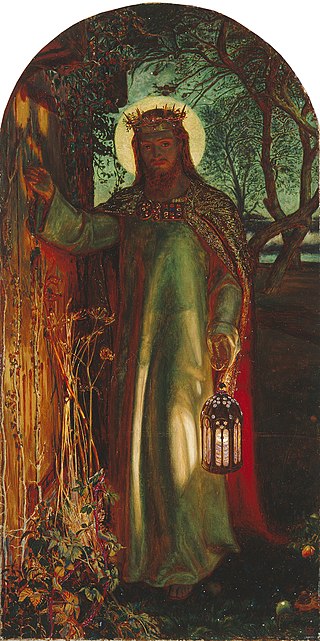 |
| The Light of the World by William Holman Hunt |
Hunt and his contemporaries developed a way of painting on a white background with clear, sparkling colours, while closely observing and copying nature with minutely accurate attention to detail. Hunt’s subject matter came from various sources including Arthurian legends, Romanticist or Medieval poetry and Biblical texts, or even his own stories, usually with a moralising message, while he and his fellow Pre-Raphaelites painted muses from life who were tall, dreamy and pale, with long, flowing locks of wild hair.
Such stylised, modern women were in stark contrast to the idealised, classical models of previous generations and initial reactions were deeply negative. It would take several years before the true merit of their art was ready to be accepted; by the 1850s shock had turned to excitement and Hunt was attracting a flock of gallerists and buyers.
Hunt spent much of his life fascinated by Biblical texts, a passion which drove him to travel to The Holy Land. He set off on a pilgrimage to Jerusalem in 1854, visiting and painting various iconic landmarks including the Great Sphynx of Giza and the Egyptian Pyramids. He was also attracted to the harsh, barren nature of the landscape, as seen in his famous painting The Scapegoat, 1854-56, which portrays a desolate, lonely place as a symbol of human endurance. (Read more.)

















2 comments:
This is similar to a painting called "Christ knocking at your heart's door".
Yes. There is no door knob on the outside. It can only be opened from the inside.
Post a Comment